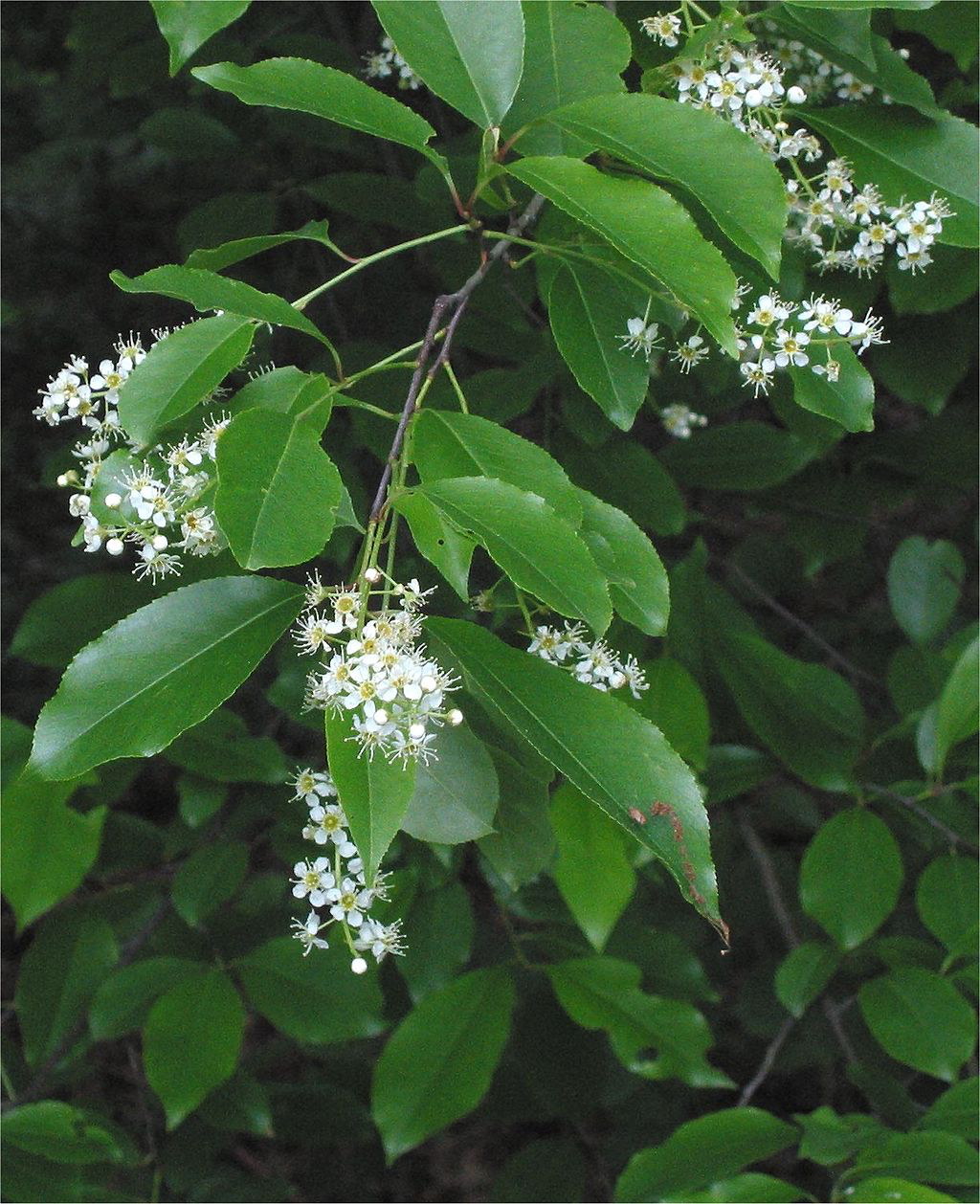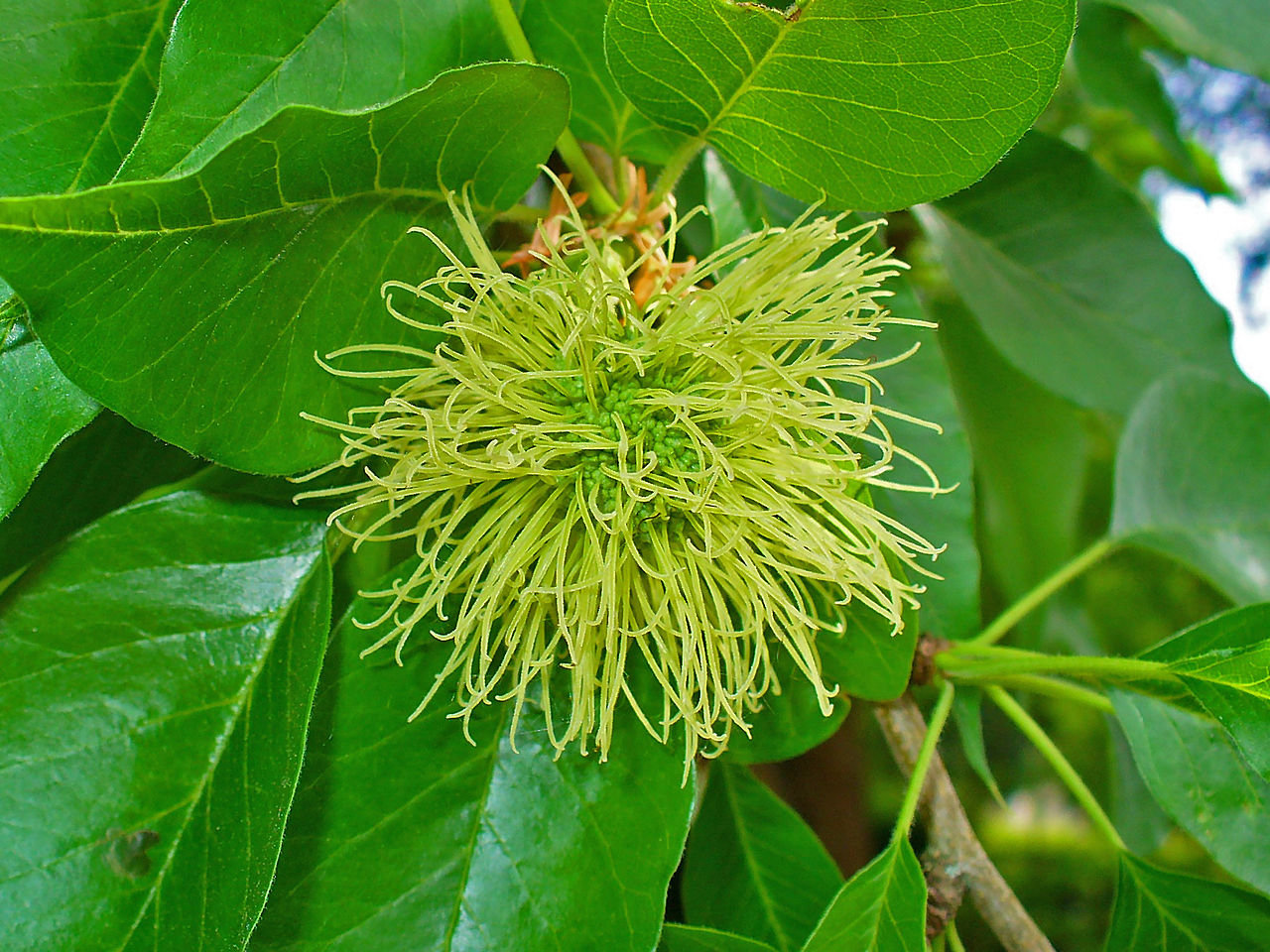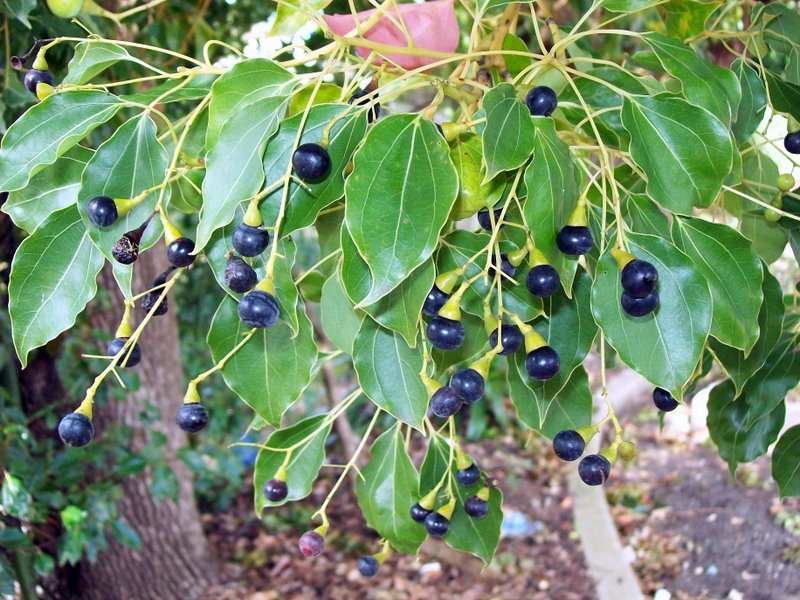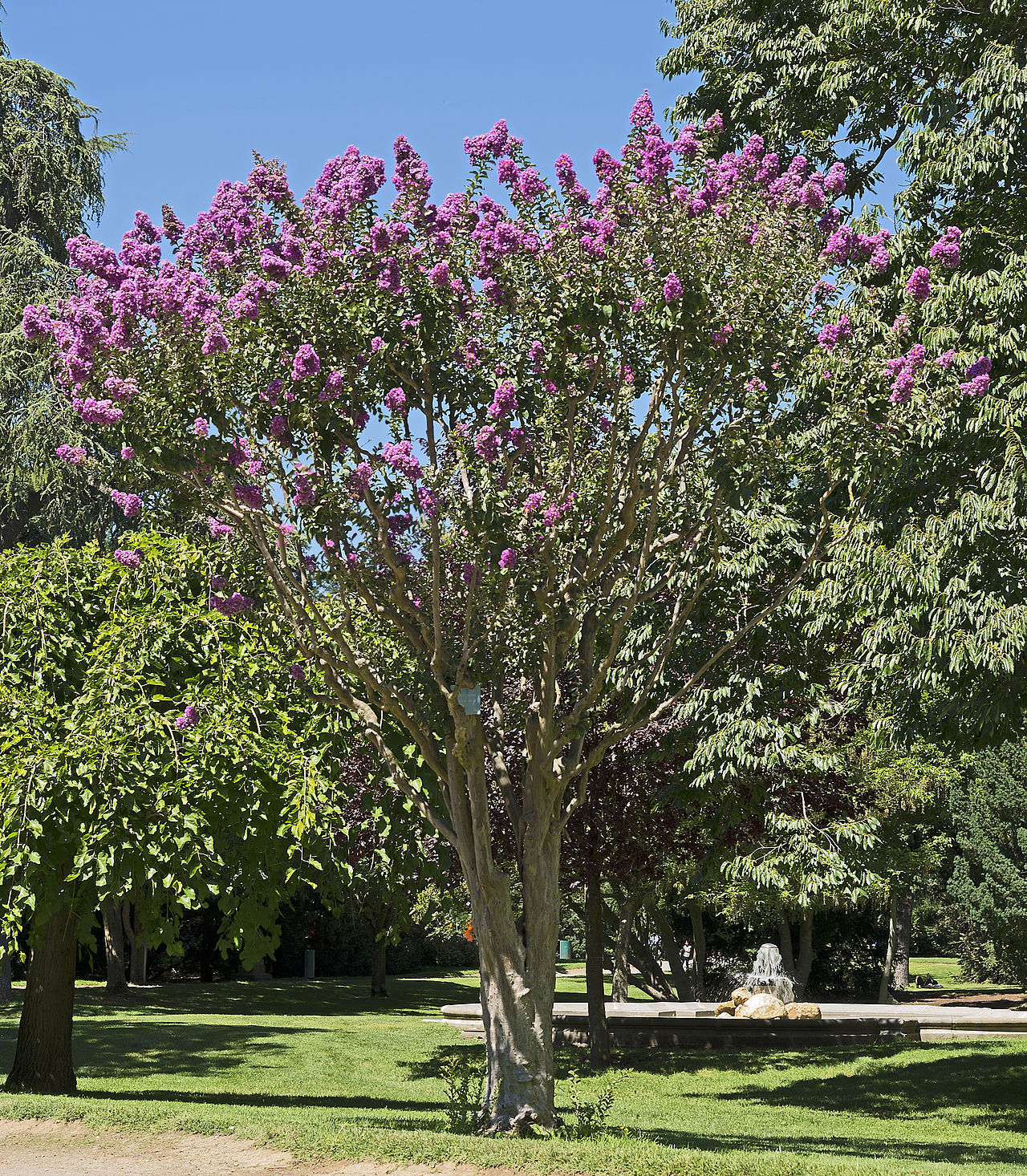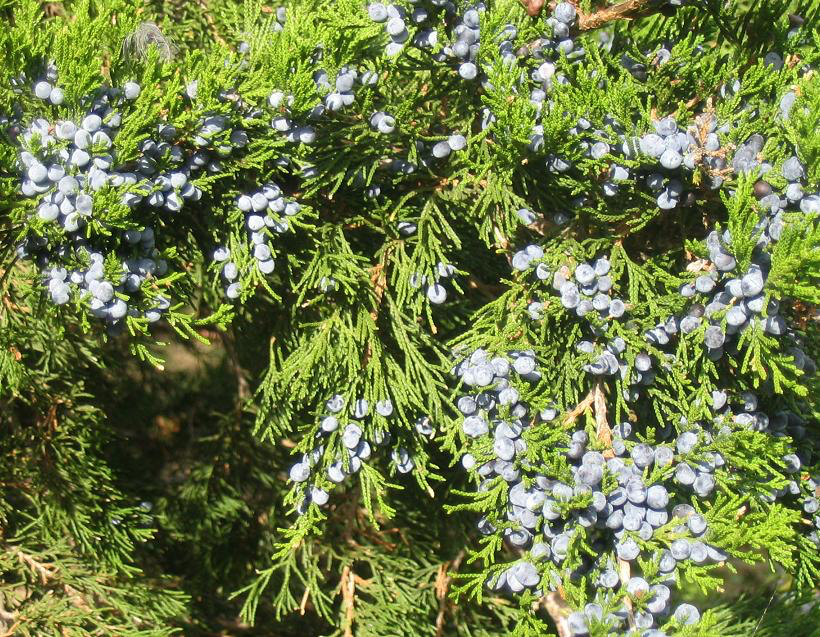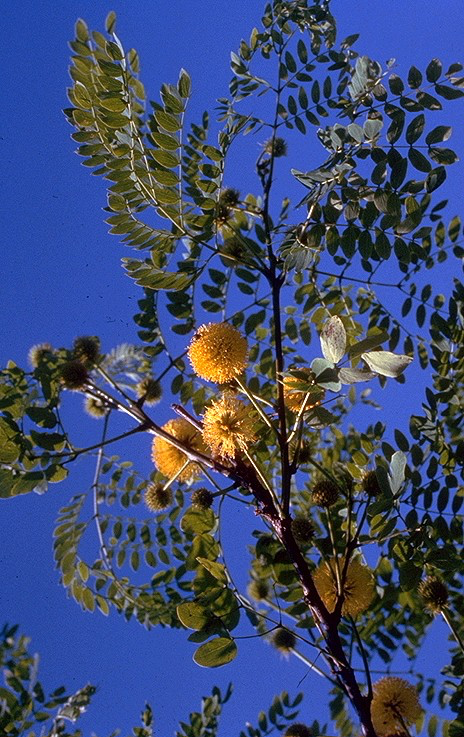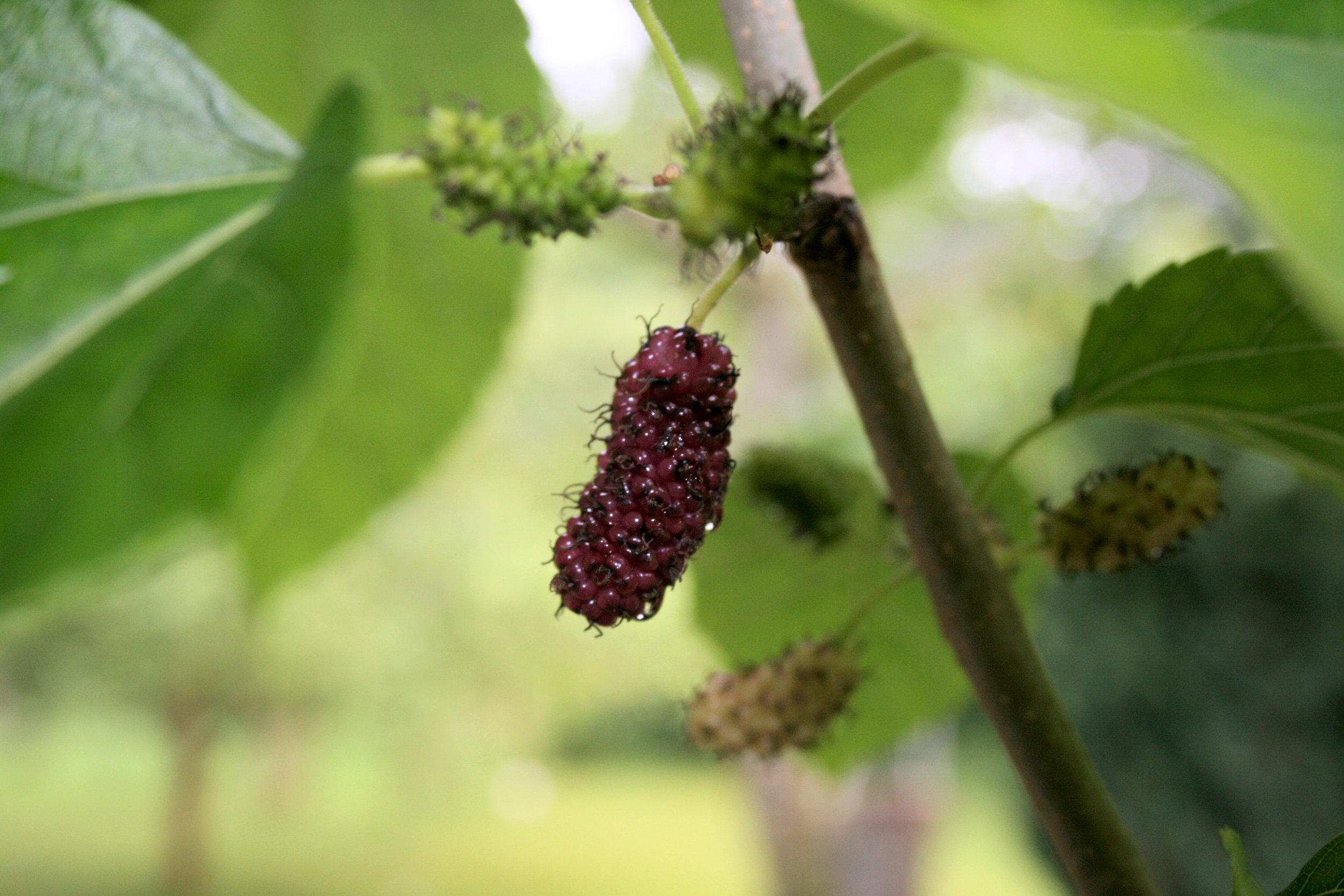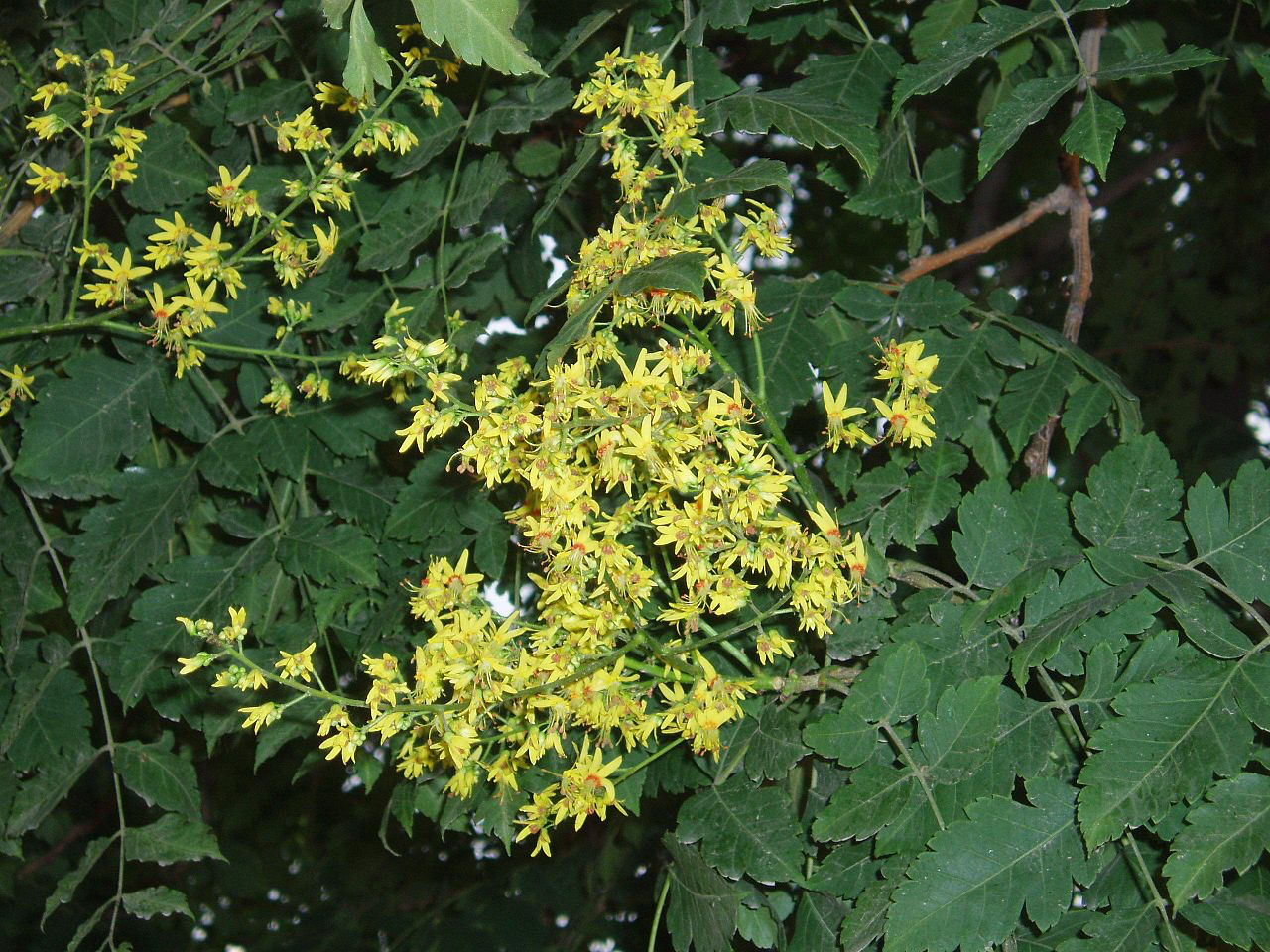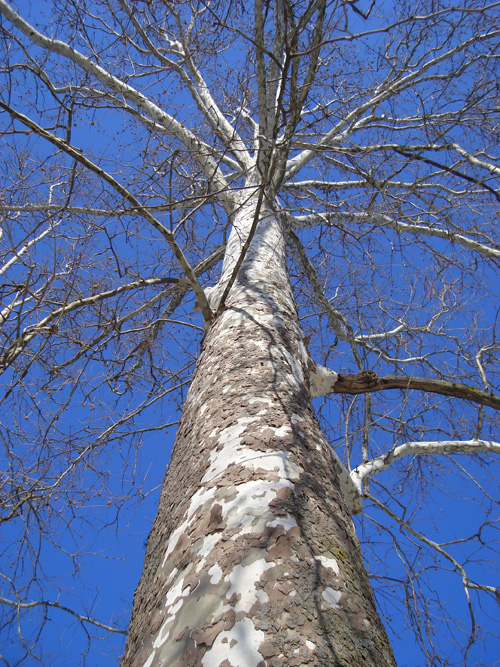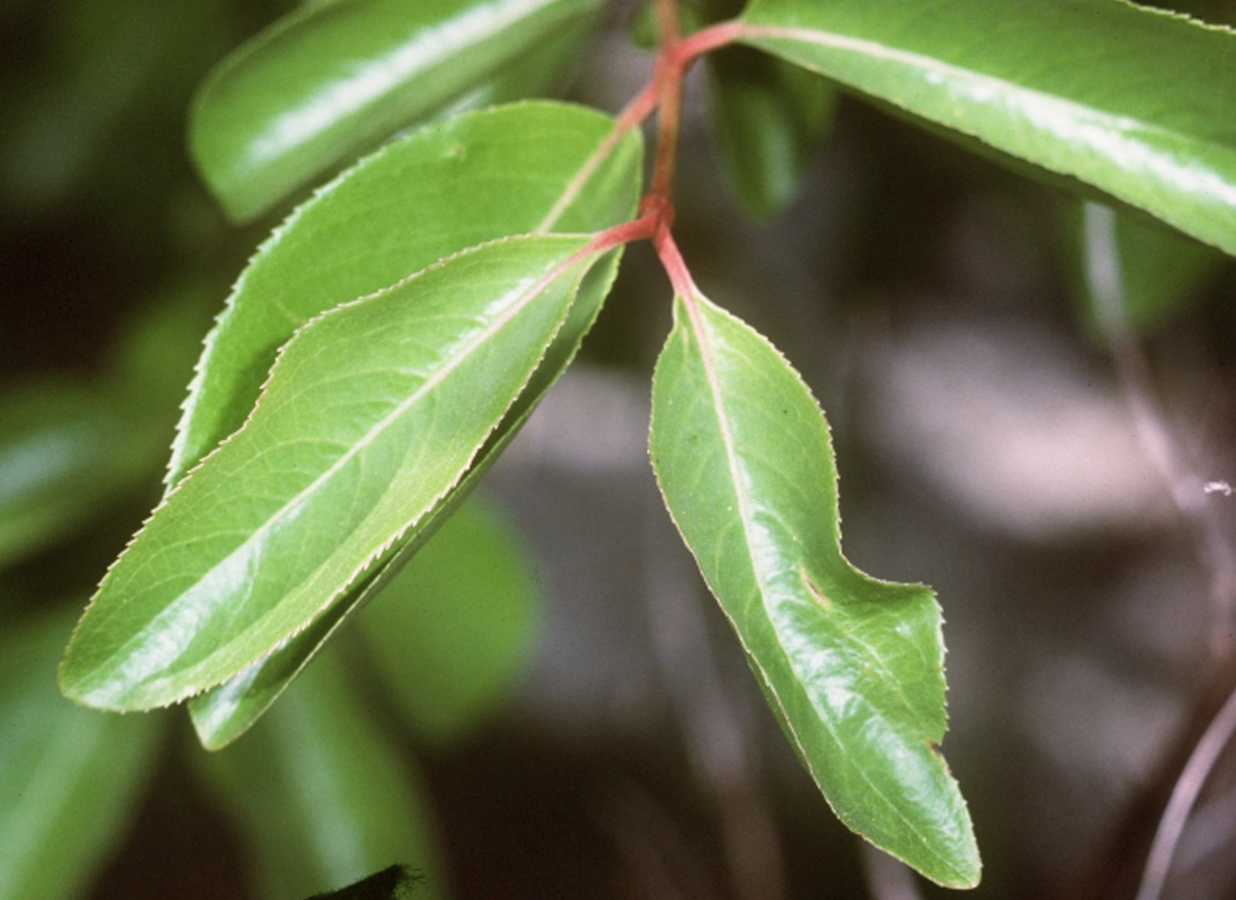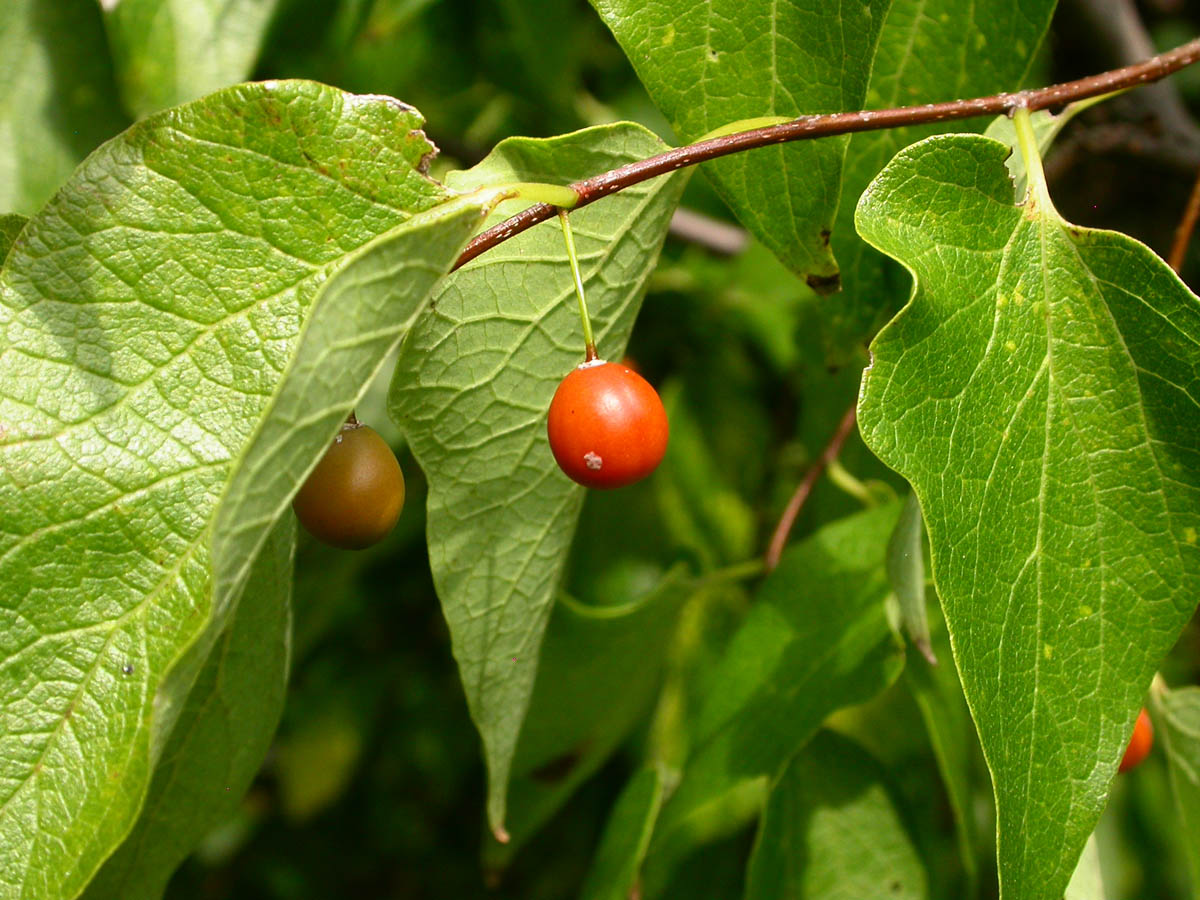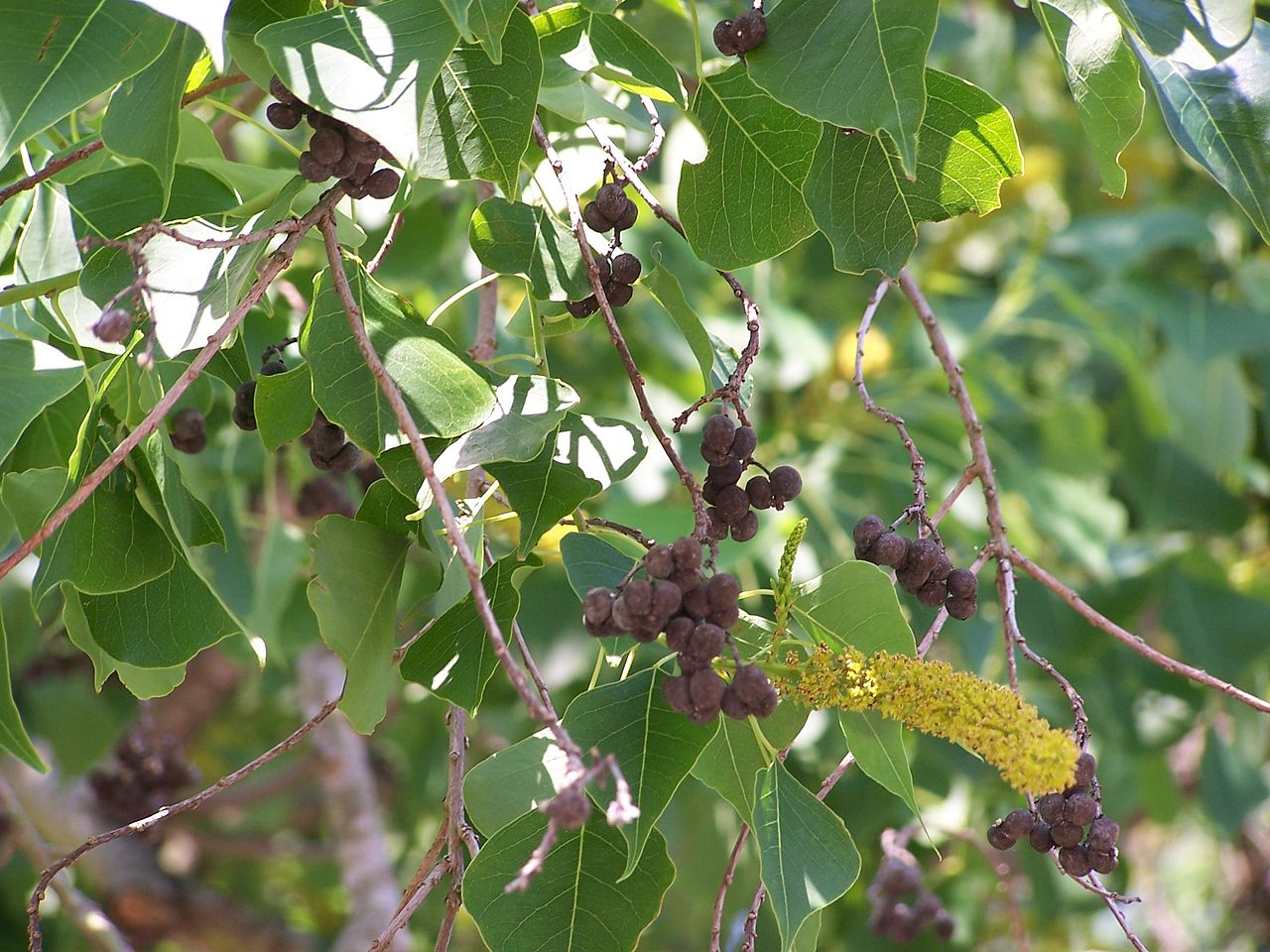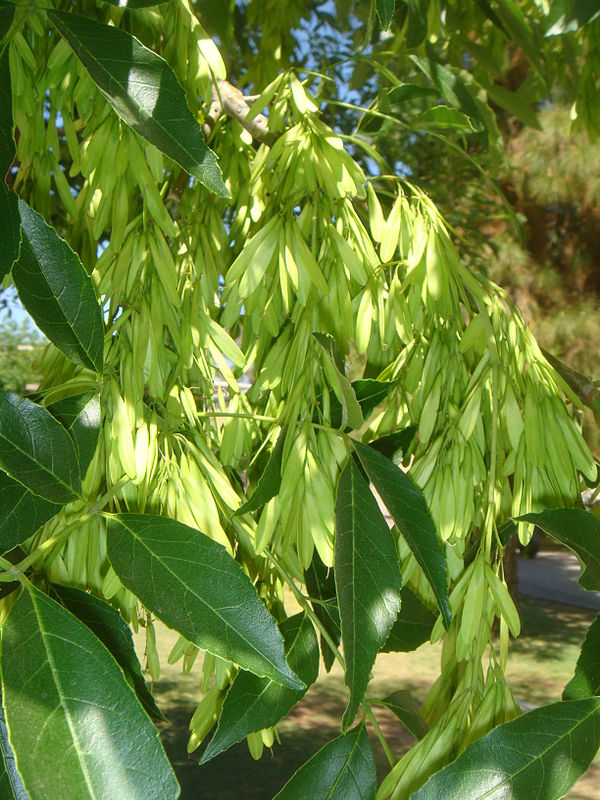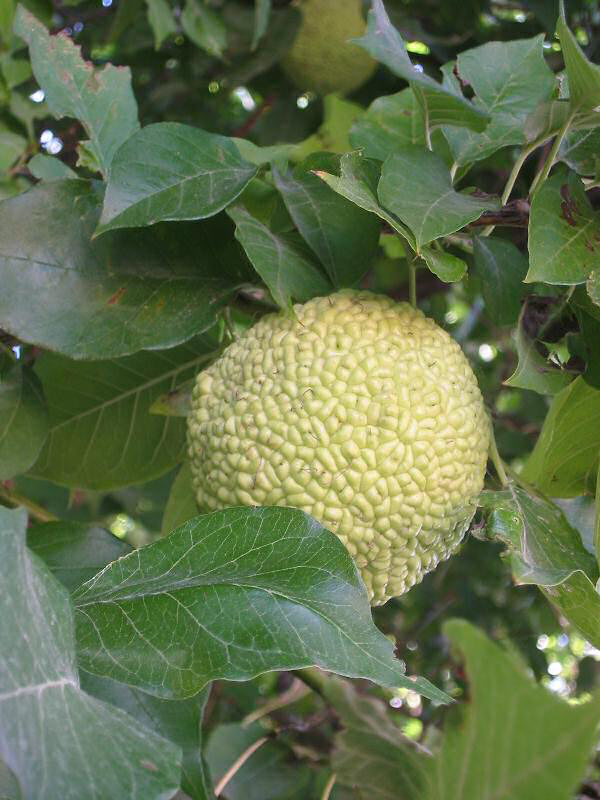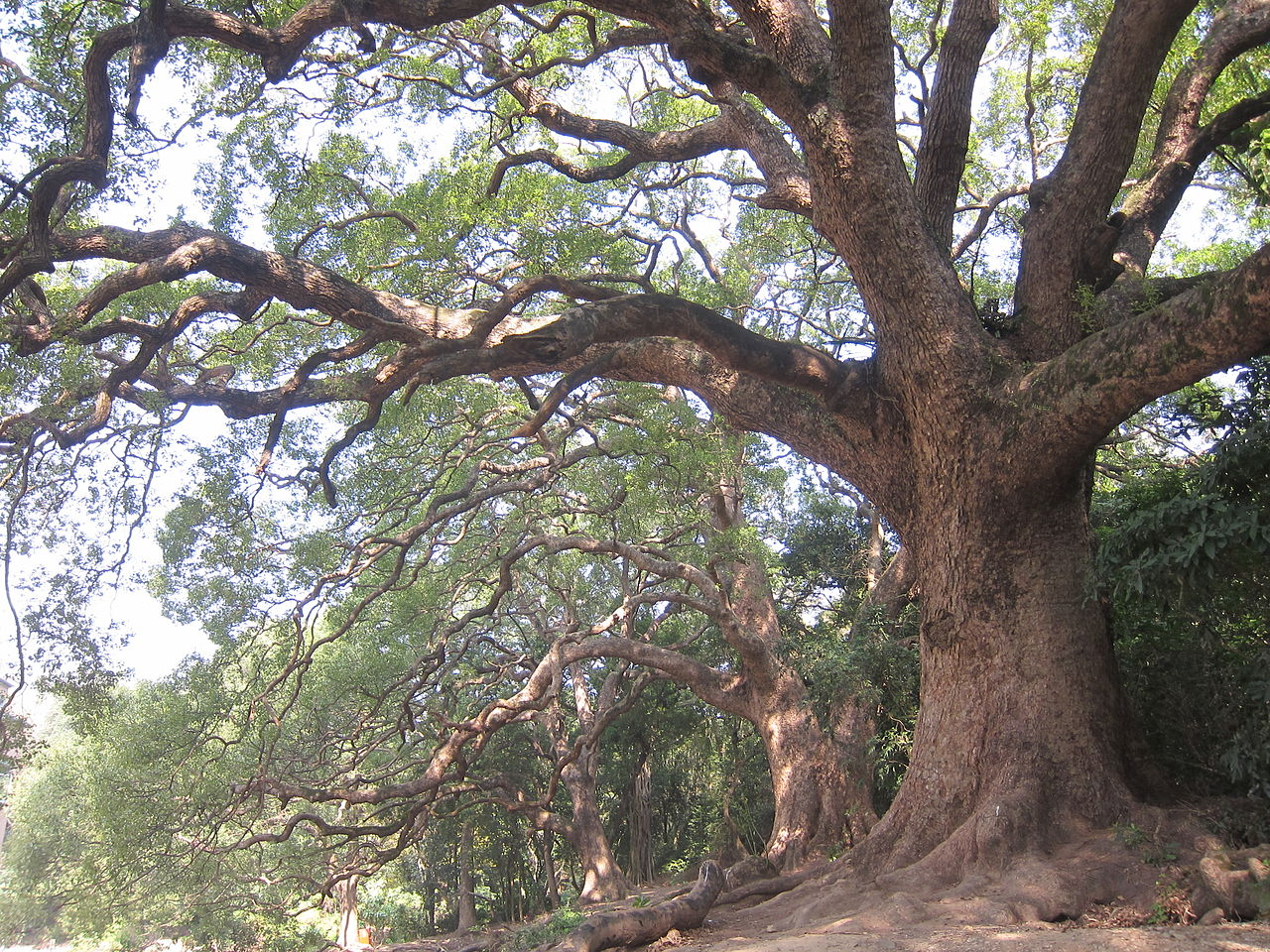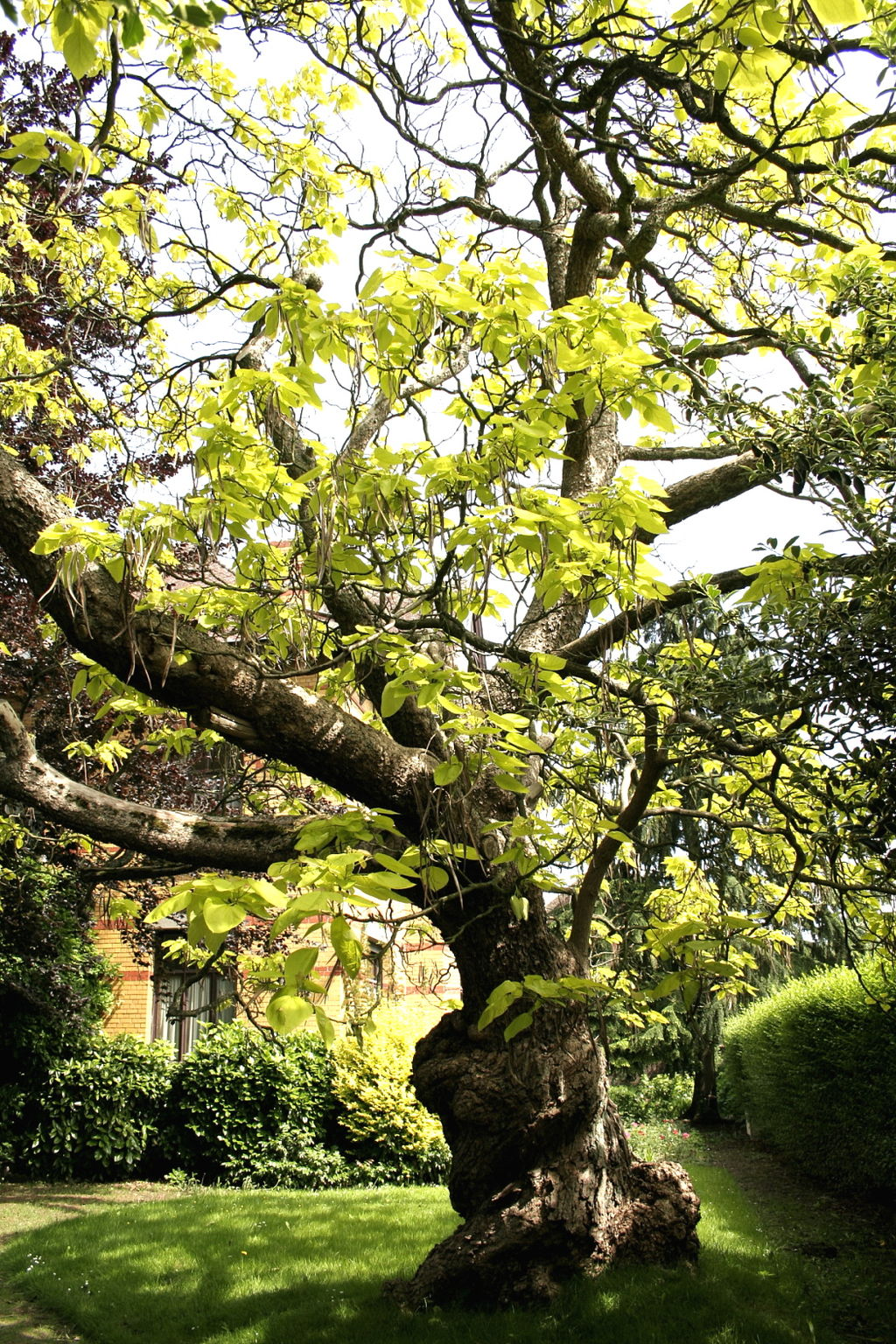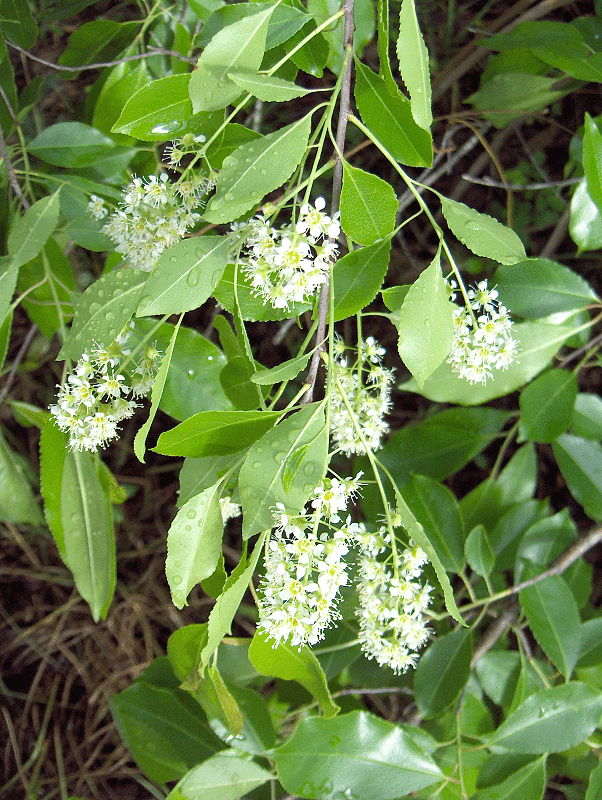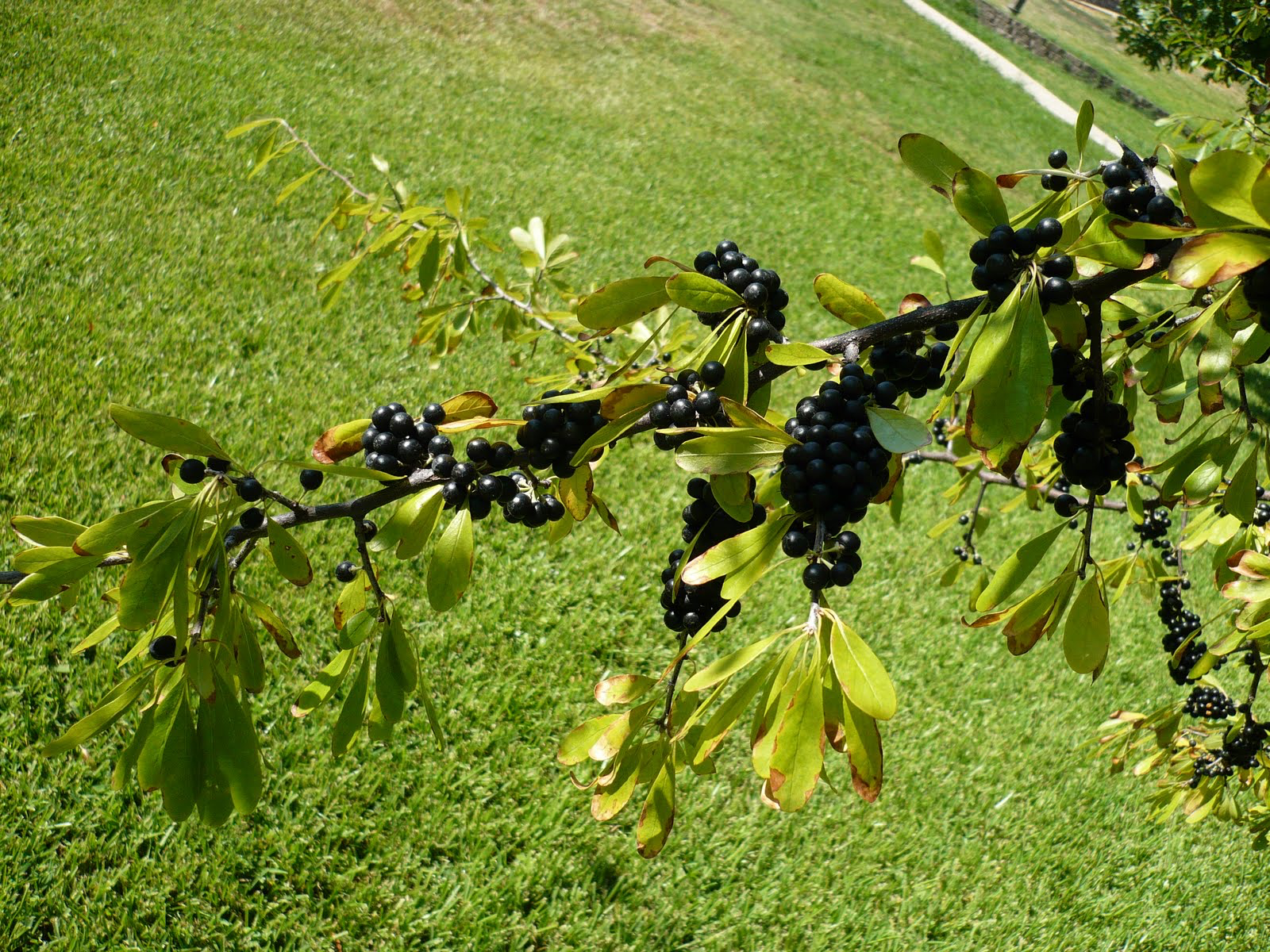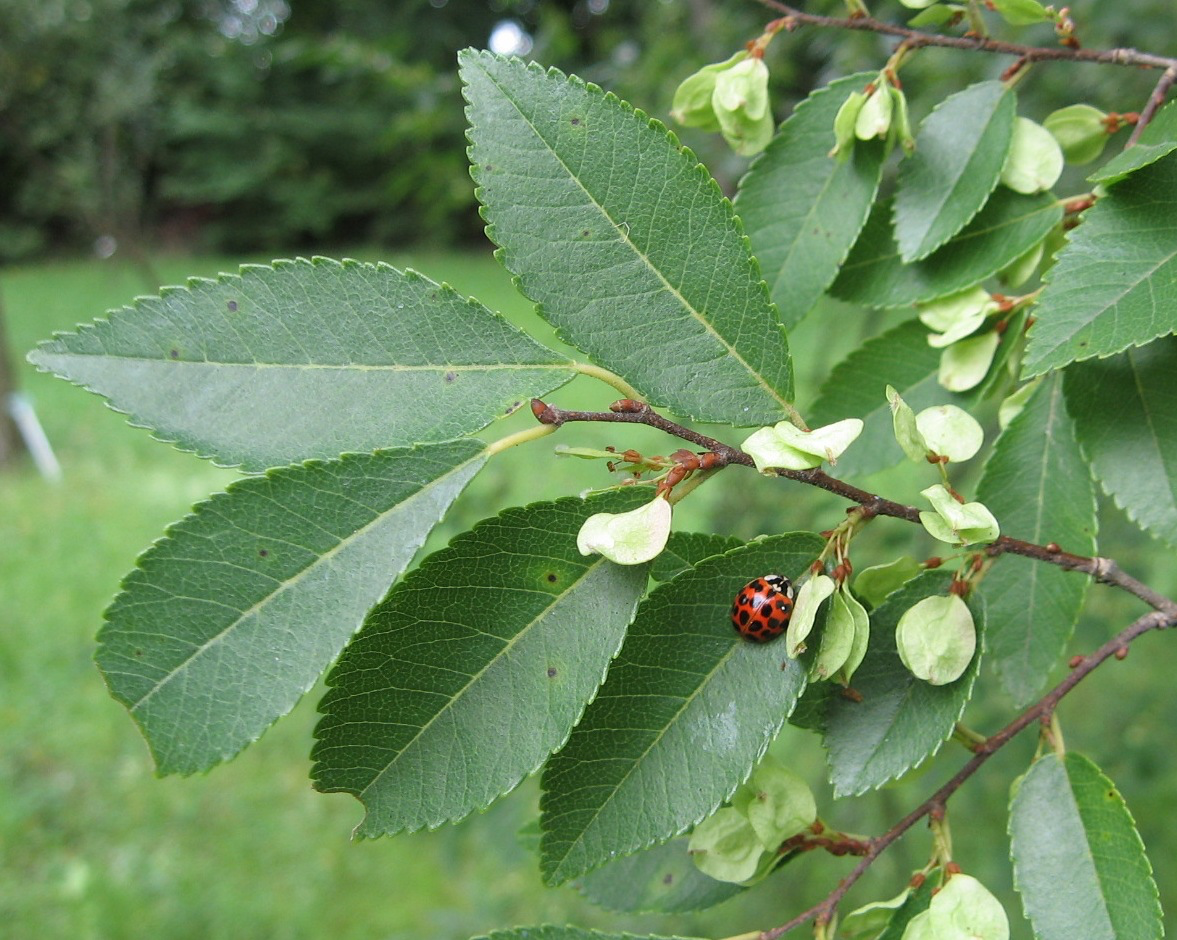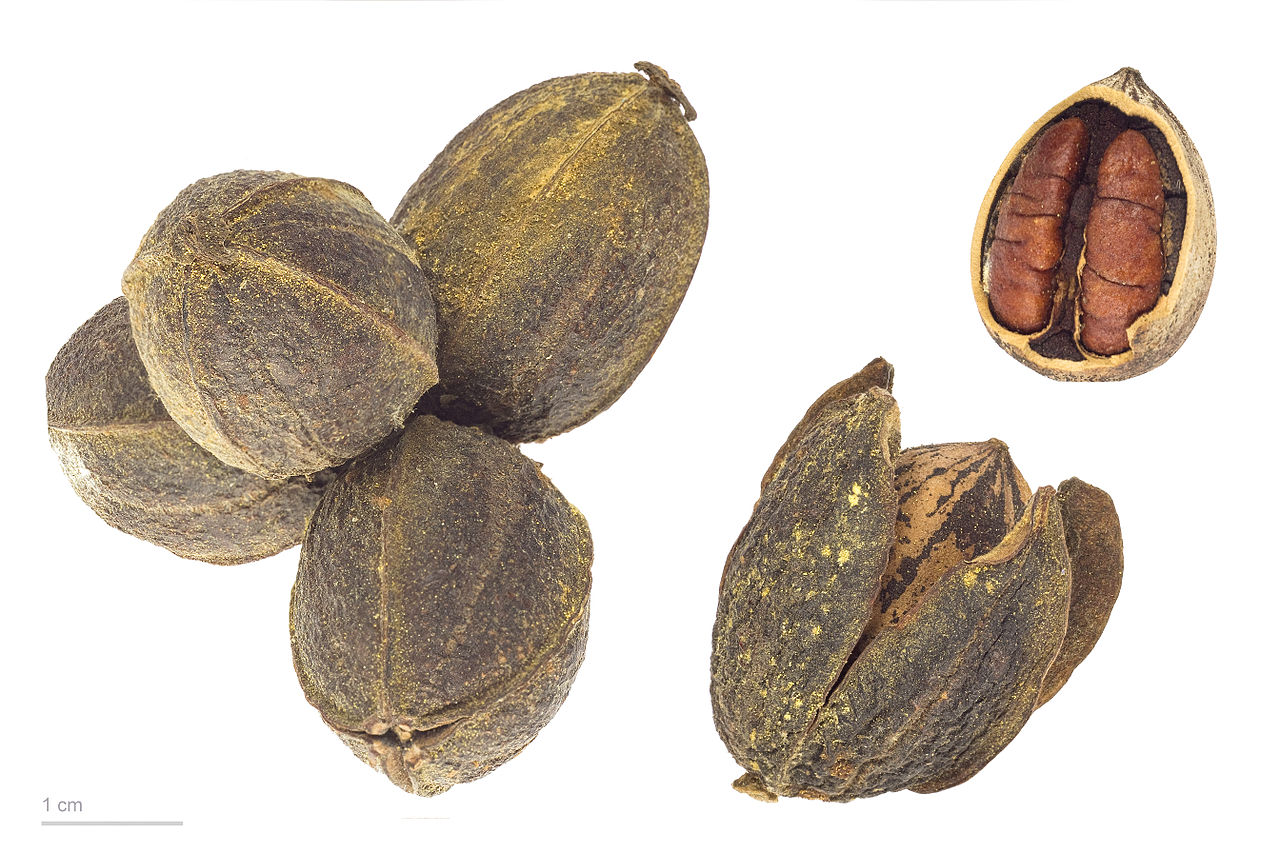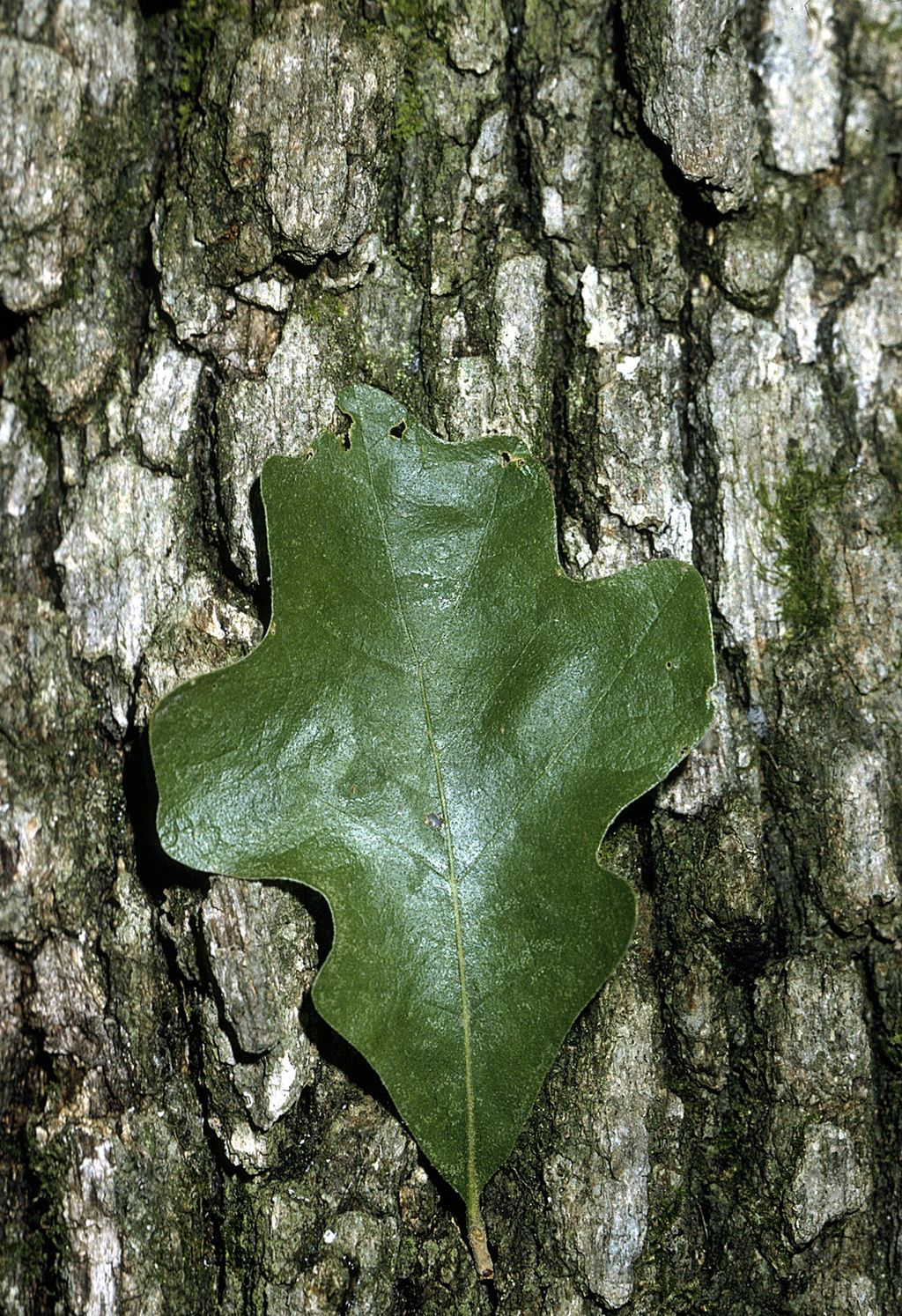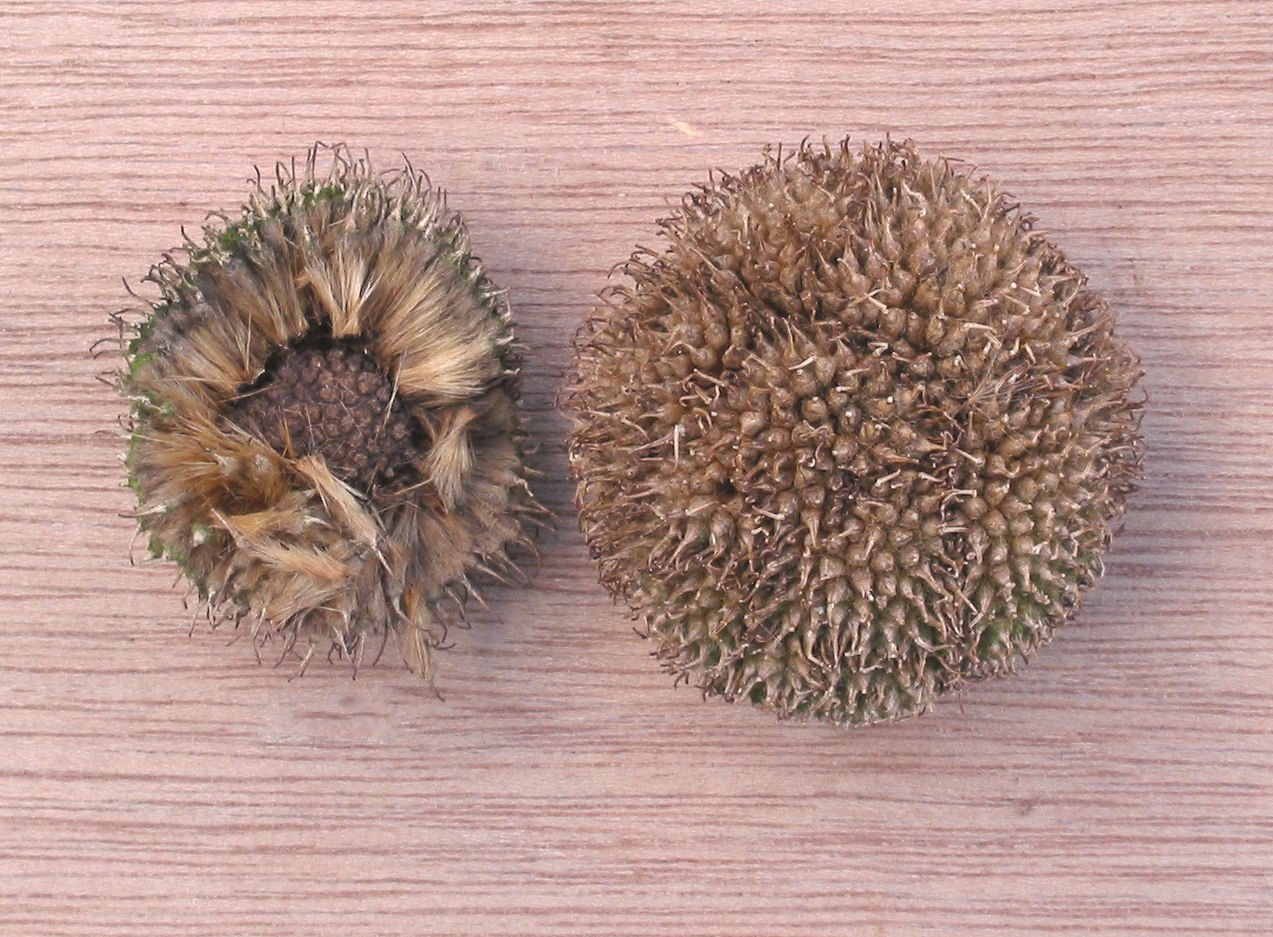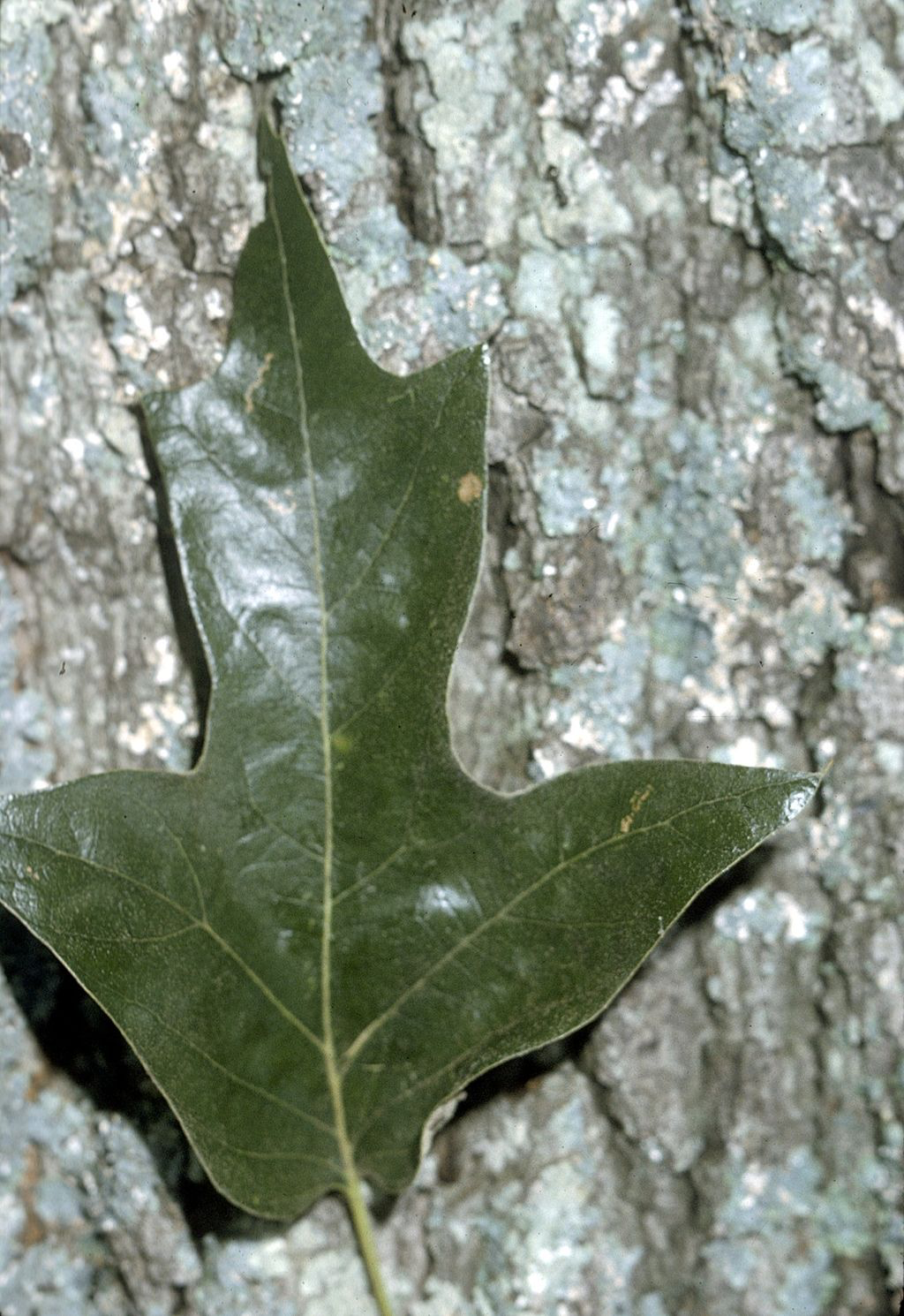No. in Woodland Park: 5
No. in good health: 0
No. in fair health: 3
No. in poor health: 2
Liquidambar styraciflua, commonly called American sweetgum, sweetgum, sweet gum, sweet-gum (sweet gum in the UK), hazel pine, American-storax, bilsted, red-gum, satin-walnut, star-leaved gum, or alligator-wood is a deciduous tree in the genus Liquidambar native to warm temperate areas of eastern North America and tropical montane regions of Mexico and Central America. Sweet gum is one of the main valuable forest trees in the southeastern United States, and is a popular ornamental tree in temperate climates. It is recognizable by the combination of its five-pointed star-shaped leaves and its hard, spiked fruits. It is currently classified in the plant family Altingiaceae, but was formerly considered a member of the Hamamelidaceae.
Liquidambar styraciflua is a medium-sized to large tree, growing anywhere from 33–50 feet (10–15 m) in cultivation and up to 150 feet (46 m) in the wild, with a trunk up 2–3 feet (0.61–0.91 m) in diameter, on average. Trees may live to 400 years. The tree is a symmetrical shape and crowns into an egg shape when the branches get too heavy after its first two years of cultivation.
Another distinctive feature of the tree is the peculiar appearance of its small branches and twigs. The bark attaches itself to these in plates edgewise instead of laterally, and a piece of the leafless branch with the aid of a little imagination readily takes on a reptilian form; indeed, the tree is sometimes called Alligator-wood. The bark is a light brown tinged with red and sometimes gray with dark streaks and weighs 37 lbs. per cubic foot. It is deeply fissured with scaly ridges. The branches carry layers of cork. The branchlets are pithy, many-angled, winged, and at first covered with rusty hairs, finally becoming red brown, gray or dark brown. As an ornamental tree, the species has a drawback—the branches may have ridges or "wings" that cause more surface area, increasing weight of snow and ice accumulation on the tree. However, the wood is heavy and hard with an interlocking grain, but is difficult to season.
The leaves usually have five (but sometimes three or seven) sharply pointed palmate lobes. They are 3-5 inches wide on average and have three distinct bundle scars.
The flowers typically appear in March to May and persist into Autumn, sometimes persisting into the Winter. They are typically about 1–1.5 inches in diameter and are covered with rusty hairs. The flowers are unisexual and greenish in color. Staminate flowers in terminal racemes two to three inches long, the pistillate in a solitary head on a slender peduncle borne in the axil of an upper leaf. Staminate flowers destitute of calyx and corolla, but are surrounded by hairy bracts. Stamens indefinite; filaments short; anthers introrse. Pistillate flowers with a two-celled, two-beaked ovary, the carpels produced into a long, recurved, persistent style. The ovaries all more or less cohere and harden in fruit. There are many ovules but few mature.
The distinctive compound fruit is hard, dry, and globose, 1–1.5 inches in diameter, composed of numerous (40-60) capsules. Each capsule, containing one to two small seeds, has a pair of terminal spikes (for a total of 80-120 spikes). When the fruit opens and the seeds are released, each capsule is associated with a small hole (40-60 of these) in the compound fruit.
Source: Wikipedia



